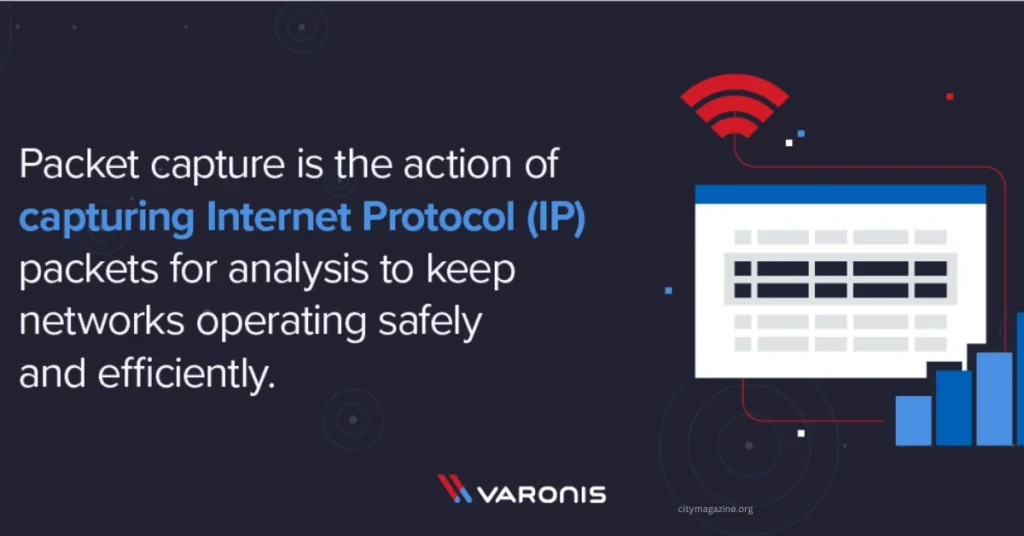What is a Packet Analysis Tool? Regarding the Packet Analysis Tool, SPOTO will talk about the packet first. A packet is a data unit in TCP / IP protocol communication transmission. Usually, the data packet is divided into two parts: the control information (header) and the data itself (payload). We can compare a data packet to a letter. The header is equivalent to an envelope, and the data packet data is equivalent to the letter’s content.
What Is Packet Analysis?
Then, packet analysis can be understood as reading the content of this letter; that is, packet analysis refers to the process of capturing and analyzing the online transmission data on the network. Packet Analysis technology can be used to understand the network characteristics, view the communication subject on the network, confirm who or which applications are occupying the network bandwidth, identify the peak time of network use, identify possible attacks or malicious acts, look for unsafe and abusive applications of network resources to achieve the goal.
What Is a Packet Analysis Tool?
After understanding packet analysis, it is easy to understand what a packet analysis tool is. A simple understanding of packet analysis tools can help us better capture and analyze online data transmission on the network. Some people will also call Packet Analysis Toolpacket sniffer.
Working Principle of Packet Analysis Tool
The working principle of the Packet Analysis Tool mainly involves the cooperation between software and hardware, which is divided into three steps: collection, transformation, and analysis. However, not all packet analysis tools will complete these three steps. Next, let’s introduce these three steps in detail.
The collection is the collection of raw binary data from the network cable by the Packet Analysis Tool. Generally, packet capture is completed by setting the selected network card to hybrid mode. In this mode, the network card will grab all the network traffic on a segment, not just the packets sent. However, the collected binary data cannot be understood. The next step is to convert the captured binary data into a readable form. Some advanced command-line packet analysis tools can finish this step. After the conversion, the packets on the network will be displayed in a fundamental parsing way, and then most of the analysis work will be left to the final user. Then, if there is a packet analysis tool for analyzing this step, it will analyze it. It will conduct an objective, in-depth analysis of the captured and converted data. It takes the captured network data as the input, identifies and verifies their protocols, and then starts to analyze the specific attributes of each protocol.
The above are the working principles of packet analysis tools.
Recommended Packet Analysis Tools
SPOTO recommends several easy-to-use packet analysis tools here. Tcpdump, OmniPeek, and Wireshark are all very good. We won’t introduce them specifically. In addition, if you want to choose a good packet analysis tool, consider the supported protocol, supported operating system, and required cost. spotodumpscert dumps




